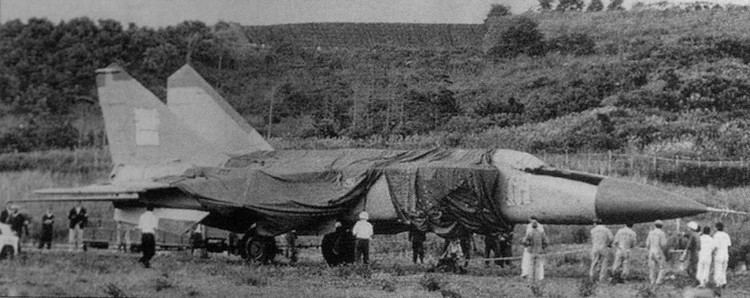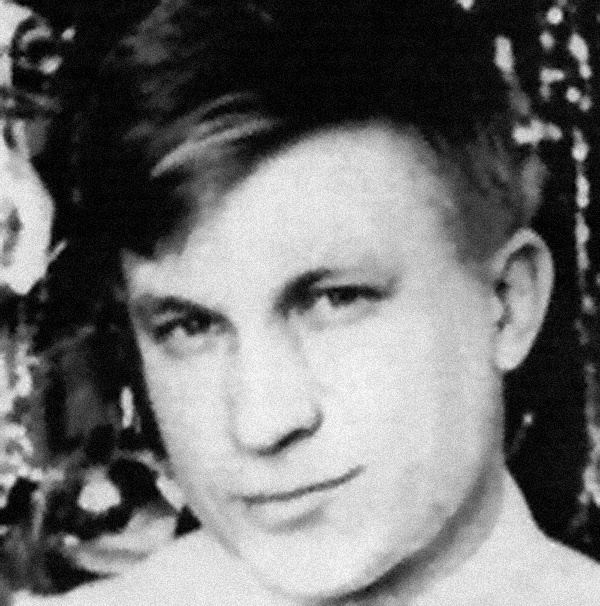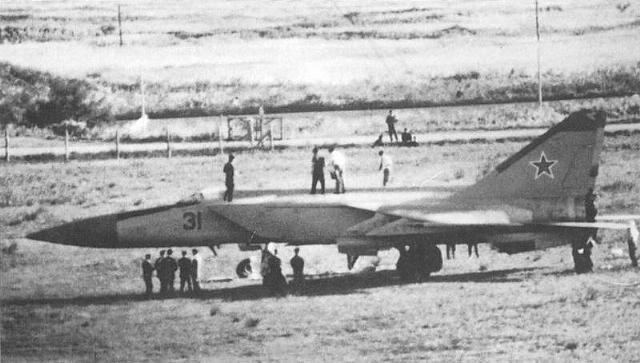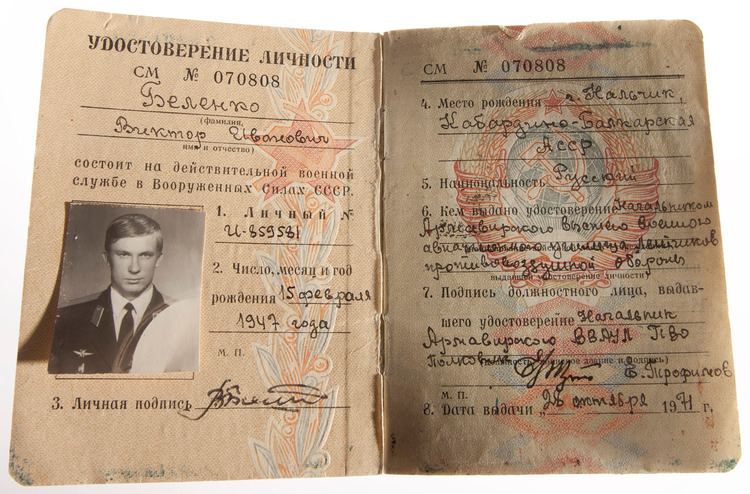Name Viktor Belenko | ||
 | ||
Similar People Aleksandr Zuyev, Genrikh Lyushkov, Oleg Gordievsky | ||
Viktor belenko
Viktor Ivanovich Belenko (Russian: Виктор Иванович Беленко, born 15 February 1947) is a former Soviet pilot who defected to the West while flying his MiG-25 'Foxbat' jet fighter and landed in Hakodate, Japan. The opportunity to examine the plane up close was an intelligence bonanza for the West. Belenko later became an American aerospace engineer.
Contents
- Viktor belenko
- Viktor Belenko
- Early life and defection
- Post defection life in the United States
- Aftermath
- References

Viktor Belenko
Early life and defection

Belenko was born in Nalchik, Russian SFSR in a Ukrainian family. Lieutenant Belenko was a pilot with the 513th Fighter Regiment, 11th Air Army, Soviet Air Defence Forces based in Chuguyevka, Primorsky Krai. On 6 September 1976, when he successfully defected to the West, flying his MiG-25 "Foxbat" jet fighter to Hakodate, Japan.

This was the first time that Western experts were able to get a close look at the aircraft, and it revealed many secrets and surprises. His defection caused significant damage to the Soviet Air Force. Belenko was granted asylum by U.S. President Gerald Ford, and a trust fund was set up for him, granting him a very comfortable living in later years. The U.S. Government debriefed him for five months after his defection, and employed him as a consultant for several years thereafter. Belenko had brought with him the pilot's manual for the MiG-25 "Foxbat", expecting to assist American pilots in evaluating and testing the aircraft.

Belenko was not the only pilot to have defected from the USSR in this way, nor was he the first such to defect from a Soviet-bloc country. In March and May 1953, two Polish Air Force pilots flew MiG-15s to Denmark. Later in 1953, North Korean pilot No Kum Sok flew his MiG-15 to an American air base in South Korea; this MiG is on permanent display at the National Museum of the U.S. Air Force. Later Soviet Captain Aleksandr Zuyev flew his MiG-29 to Trabzon, Turkey on 20 May 1989. That MiG-29 was promptly returned to the USSR.
Post-defection life in the United States
In 1980, the U.S. Congress enacted S. 2961, authorizing citizenship for Belenko. It was signed into law by President Jimmy Carter on 14 October 1980, as Private Law 96-62.
After his defection, he co-wrote a 1980 autobiography, MiG Pilot: The Final Escape of Lieutenant Belenko with Reader's Digest writer John Barron.
While residing in the United States, Belenko married a music teacher from North Dakota, Coral, and fathered two sons, Tom and Paul. He later divorced. He also has a son from his first marriage. Belenko has never divorced his Russian wife. After the breakup of the Soviet Union, he visited Moscow in 1995 on business.
Aftermath
The MiG-25's arrival in Japan was a windfall for western military planners. The Japanese government originally only allowed the United States to examine the plane and do ground tests of the radar and engines, but subsequently invited the Americans to examine the plane extensively. It was dismantled for this purpose in Japan. The plane was moved by a US Air Force C-5 Galaxy cargo aircraft from Hakodate to Hyakuri Air Base on 25 September, and by this time experts had determined that the plane was an interceptor, not a fighter-bomber, which was a welcome reassurance for Japanese defence.
The Japanese government laid out a plan on 2 October to return the aircraft in crates from the port of Hitachi and bill the Soviets US$40,000 for crating services and airfield damage at Hakodate. The Soviets unsuccessfully tried to negotiate a return via one of their own Antonov An-22 aircraft and attempted to organize a rigorous inspection of the crates, but Japan refused both demands and the Soviets finally submitted to the Japanese terms on 22 October. The aircraft was moved from Hyakuri to the port of Hitachi on 11 November on a convoy of trailers. It left in 30 crates aboard the Soviet cargo ship Taigonos on 15 November 1976 and arrived about three days later in Vladivostok. A team of Soviet technicians had been allowed to view subassemblies at Hitachi, and upon finding 20 missing parts, one being film of the flight to Hakodate, the Soviets attempted to charge Japan US$10 million. Neither the Japanese nor Soviet bill is known to have been paid.
A senior diplomat described the Soviet position as "sulky about the whole affair". The CIA concluded at the time that "both countries seem anxious to put the problem behind them" and speculated that the Soviets were reluctant to cancel a series of upcoming diplomatic visits because "some useful business is likely to be transacted, and because the USSR, with its political standing in Tokyo so low, can ill afford setbacks in Soviet–Japanese economic cooperation."
